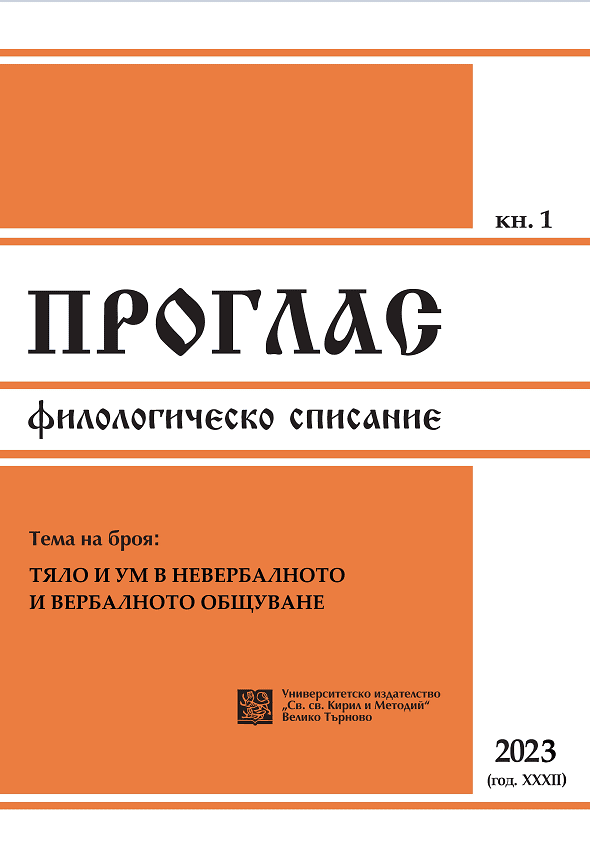Българските копулативни съюзи „и“, „та“, „па“, „нито“, „ни“ и „хем“ в съвременни текстове и текстове от XIX век
The Bulgarian Copulative Conjunctions “и”, “та”, “па”, “нито”, “ни”, and “хем” in Contemporary and 19th-Century Texts
Author(s): Nikolay StankovSubject(s): Language studies, Language and Literature Studies, Theoretical Linguistics, Morphology, Semantics, Comparative Linguistics, South Slavic Languages
Published by: Великотърновски университет „Св. св. Кирил и Методий”
Keywords: Bulgarian; copulative (additive) conjunctions; frequency analysis; semantic functions; corpus study
Summary/Abstract: The study examines and compares the semantic characteristics and frequency of occurrence of the Bulgarian copulative conjunctions и, та, па, нито, ни and хем across four corpora, consisting of texts from the end of the 19th century and from the contemporary period (2018–2022). In addition, the use of the conjunctions under discussion in contemporary literary, scientific and journalistic texts is analysed and compared. The frequency analysis shows that the use of the conjunctions та, па, ни and хем in writing has declined during the 20th century. The frequency of use of the conjunction и, on the other hand, remains unchanged in the contemporary language. On the whole, the use of copulative conjunctions in contemporary texts is lower than in the 19th-century texts, which may signify an increase in the stylistic divide between written and spoken language. The examination of the semantic characteristics of the conjunctions revealed a reduction in the scope of semantic function of some conjunctions. The author provides some ideas for further research on the topic.
Journal: Проглас
- Issue Year: 32/2023
- Issue No: 1
- Page Range: 89-100
- Page Count: 12
- Language: English, Bulgarian

